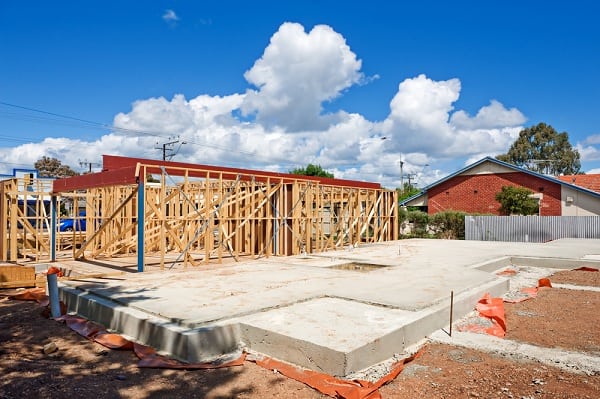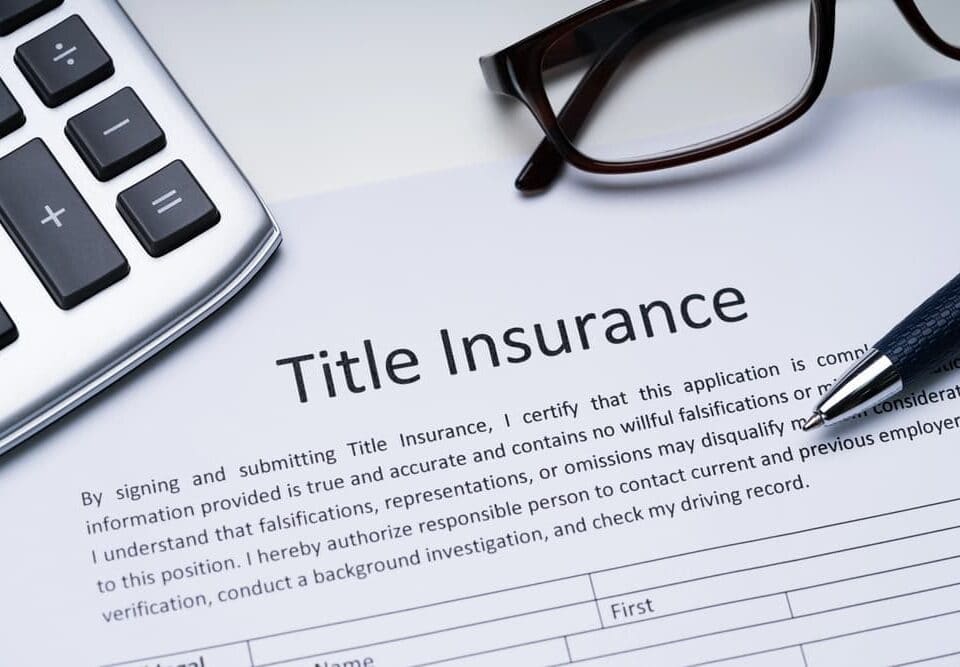
4000 Electronic Settlements and Counting
March 22, 2025
The Steps for Land Subdivision in Victoria: What You Must Know
March 24, 2025If you’re buying a property, at settlement you are obligated to pay the seller the adjusted settlement price.
If you have a lender
There are two scenarios:
1. Your lender is only providing the loan funds. You will need to make up the shortfall by depositing your shortfall funds into our Trust Account.
2. You have a savings or offset account with your lender, and you have granted your lender authority to access these funds. In this case, the lender will provide all of the money that is required for settlement (i.e. the money being loaned plus your shortfall funds).
If you are buying without a lender
You will need to deposit the required funds into our Trust Account.
What are adjustments?
Most commonly, these are amounts that the buyer compensates the seller for the buyer’s share of the periodic outgoings for the property that the seller has already paid or will pay at settlement. The buyer’s share is calculated for each outgoing on the basis that the seller is only liable for the periodic outgoing up to and including the day of settlement.
If a periodic outgoing (i.e. Council rate, Water rate, Land Tax, Owners Corporation fee) is unpaid before settlement, then it will be paid at settlement by the vendor.
For more information, please contact Glenferrie Conveyancing.






